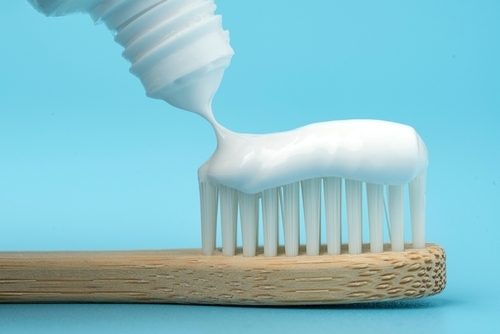Hidden Dangers in Toothpaste
Toothpaste is a daily essential, trusted for its role in maintaining oral hygiene. However, concerns have emerged regarding the presence of harmful contaminants, including lead, fluoride in excessive amounts, and other toxic substances. Understanding these risks is crucial for consumers who prioritize health and safety in their personal care routines.
The Issue of Lead Contamination
Lead exposure is widely recognized as hazardous, even at low levels. While lead is not an intentional ingredient in toothpaste, contamination can occur through tainted raw materials or inadequate manufacturing practices. Reports have surfaced about imported toothpaste containing unsafe levels of lead, often due to the inclusion of unregulated colorants or glycerin sourced from contaminated industrial suppliers.
Lead exposure is particularly dangerous for children, as it can result in developmental delays, neurological damage, and other systemic health issues. In adults, prolonged exposure may lead to kidney damage, cardiovascular complications, and cognitive impairments. The presence of lead in oral care products is alarming because the mucous membranes in the mouth facilitate direct absorption into the bloodstream.
Other Harmful ContaminantsBeyond lead, other concerning substances have been identified in toothpaste formulations.
Excessive Fluoride: While fluoride is added to toothpaste to strengthen enamel and prevent cavities, excessive exposure can lead to dental fluorosis (discoloration and brittleness of teeth) and skeletal fluorosis (bone damage). Some regions with high natural fluoride levels in drinking water already expose populations to significant fluoride intake, making fluoride-containing toothpaste potentially problematic.
Triclosan: Once commonly used for its antibacterial properties, triclosan has been linked to endocrine disruption and increased antibiotic resistance. Many regulatory agencies have banned its use in hygiene products, but it may still be present in older formulations or specific international brands.
Diethylene Glycol (DEG): Found in certain counterfeit or poorly regulated toothpaste brands, DEG is a toxic substance used as an industrial solvent. It can lead to kidney damage, liver toxicity, and neurological complications upon prolonged exposure.
Artificial Dyes and Sweeteners: Synthetic dyes, such as FD&C Blue 1, have raised concerns due to potential allergic reactions and links to hyperactivity in children. Meanwhile, sweeteners like saccharin or sodium lauryl sulfate (SLS) can cause irritation, particularly in individuals prone to ulcers or gum sensitivities.
How to Choose a Safe ToothpasteConsumers can take proactive steps to ensure their toothpaste is free from harmful contaminants:
Check for Regulatory Approval: Look for certifications from reputable health organizations or regulatory bodies such as the FDA, European Medicines Agency (EMA), or other national agencies.

Read Ingredient Lists Carefully: Avoid products with vague ingredient disclosures or those containing known harmful substances.
Prefer Natural Formulations: Brands emphasizing natural ingredients without artificial dyes, preservatives, or triclosan may offer a safer alternative.
Watch for Recalls and Warnings: Stay informed about product recalls and health advisories regarding contaminated toothpaste brands, particularly when purchasing imported or discounted products.
ConclusionWhile toothpaste is meant to promote dental health, certain formulations may pose hidden dangers. Awareness of contaminants such as lead, triclosan, and excess fluoride empowers consumers to make safer choices. By scrutinizing ingredient lists and opting for well-regulated products, individuals can maintain good oral hygiene without compromising their long-term health.



